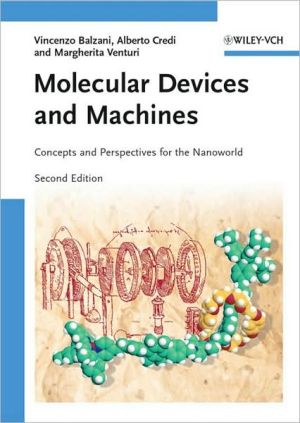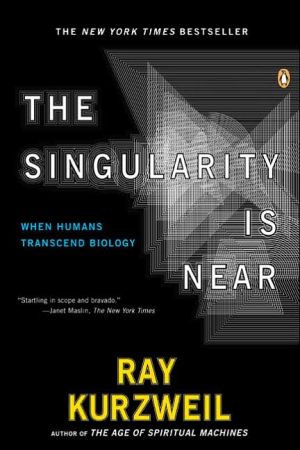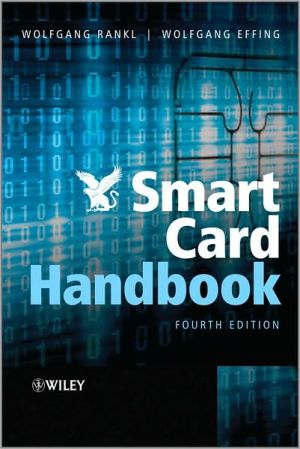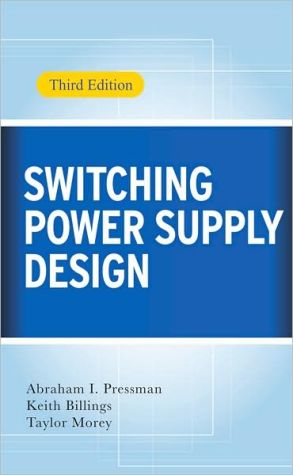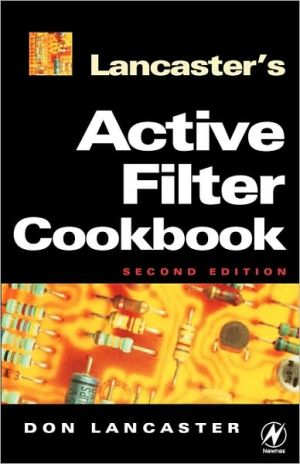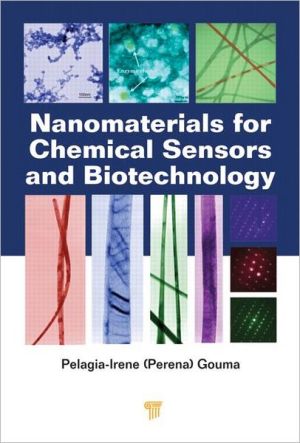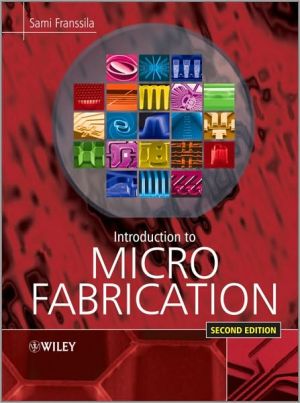Molecular Devices and Machines: Concepts and Perspectives for the Nanoworld
Targeted at a broad audience ranging from chemists and biochemists to physicists and engineers, this book covers advanced research while being written in an easily understandable language accessible to any interested researcher or graduate student.\ Following an introduction to the general concepts, the authors go on to discuss devices for processing electrons and electronic energy, memories, logic gates and related systems, and, finally, molecular-scale machines.
Search in google:
Targeted at a broad audience ranging from chemists and biochemists to physicists and engineers, Molecular Devices and Machines: Concepts and Perspectives for the Nanoworld covers advanced research while being written in an easily understandable language accessible to any interested researcher or graduate student. Following an introduction to the general concepts, the authors go on to discuss devices for processing electrons and electronic energy, memories, logic gates and related systems, and, finally, molecular-scale machines.
Preface to the Second Edition. Glossary. List of Abbreviations. I General Concepts. 1 Introduction. 1.1 Devices and Machines at the Molecular Level. 1.2 Nanoscience and Nanotechnology. 1.3 Supramolecular (Multicomponent) Chemistry. 1.4 Top-Down (Large-Downward) Approach. 1.5 Bottom-Up (Small-Upward) Approach. 1.6 Bottom-up Molecule-by-Molecule Approach. 1.7 Self-Organization and Covalent Synthetic Design. 1.8 Energy and Signals. 2 Processing Energy and Signals by Molecular and Supramolecular Systems. 2.1 Introduction. 2.2 Molecular Electronics. 2.3 Molecular Photonics. 2.4 Molecular Chemionics. 2.5 Molecular Electrophotonics. 2.6 Molecular Electrochemionics. 2.7 Molecular Photoelectronics. 2.8 Molecular Photochemionics. 2.9 Molecular Chemiophotonics. 2.10 Molecular Chemioelectronics. 2.11 Multiple Input/Processes. II Molecular Devices for Processing Electrons and Electronic Energy. 3 Fundamental Principles of Photoinduced Electron and Energy Transfer. 3.1 Molecular and Supramolecular Photochemistry. 3.2 Electron Transfer. 3.3 Energy Transfer. 3.4 Role of the Bridge. 4 Wires and Related Systems. 4.1 Introduction. 4.2 Conductivity Measurements. 4.3 Electron-Transfer Processes at Electrodes. 4.4 Wire-Type Systems Based on Photoinduced Charge Separation. 4.5 Heterogeneous Photoinduced Electron Transfer. 4.6 Energy Transfer. 5 Switching Electron- and Energy-transfer Processes. 5.1 Introduction. 5.2 Switching of Electron-Transfer Processes. 5.3 Switching of Energy-Transfer Processes. 6 Light Harvesting Antennae. 6.1 Introduction. 6.2 Natural Antenna Systems. 6.3 Dendrimers. 6.4 Other Systems. 7 Solar Energy Conversion. 7.1 Introduction. 7.2 Natural Photosynthesis. 7.3 Artificial Photosynthesis. 7.4 Hybrid Systems. 7.5 Conversion of Light into Electricity by Photoelectrochemical Cells. III Memories, Logic Gates, and Related Systems. 8 Bistable and Multistable Systems. 8.1 Introduction. 8.2 Energy Stimulation. 8.3 Bistable Systems. 8.4 Multistable Systems. 9 Logic Gates and Circuits. 9.1 Introduction. 9.2 Fundamental Concepts of Logic Gates. 9.3 Molecular Switches as Logic Gates. 9.4 Basic Logic Gates. 9.5 Combinational Logic Circuits. 9.6 Sequential Logic Circuits. 9.7 Neural-Type Systems. 9.8 Logic Devices Based on Biomolecules. 9.9 Heterogeneous Systems. 9.10 Applications of Molecular Logic. 9.11 Conclusions. IV Molecular-Scale Mechanical Devices, Machines, and Motors. 10 Basic Principles. 10.1 Introduction. 10.2 Biomolecular Machines and the Brownian Motion. 10.3 Artificial Systems. 10.3.1 Terms and Definitions. 10.4 Energy Supply. 10.5 Other Features. 11 Spontaneous Mechanical-Like Motions. 11.1 Introduction. 11.2 Rotors. 11.3 Cogwheels. 11.4 Gears. 11.5 Paddle Wheels. 11.6 Turnstiles. 11.7 Brakes. 11.8 Ratchets. 11.9 Gyroscopes and Compasses. 11.10 Other Motions. 12 Movements Related to Opening, Closing, and Translocation Functions. 12.1 Introduction. 12.2 Allosteric Movements. 12.3 Tweezers and Harpoons. 12.4 Controlled Assembling–Disassembling of Host–Guest Systems. 12.5 Molecular Locks. 12.6 Translocation of Metal Ions. 12.7 Ion Channels. 13 DNA-Based Nanomachines. 13.1 Introduction. 13.2 Important Features of DNA. 13.3 Simple Conformational Switches. 13.4 Walkers and Related Systems. 13.5 Rotary Devices. 13.6 Applications. 14 Linear Movements. 14.1 Introduction. 14.2 Natural Linear Motors. 14.3 Threading-Dethreading Movements. 14.4 Linear Motions in Rotaxanes. 15 Rotary Motions. 15.1 Introduction. 15.2 Natural Rotary Motors. 15.3 Hybrid Rotary Motors. 15.4 Rotary Movements in Artificial Systems. 16 From Solution to Heterogeneous Systems. 16.1 Introduction. 16.2 Rotary Motors on Surfaces. 16.3 Molecular Valves. 16.4 Molecular Muscles. 16.5 Molecular Motion Driven by STM. 16.6 Hybrid Bio-Nanodevices. 16.7 Propelling Micrometer Objects. 16.8 Changing Surface Properties. 16.9 Threaded and Interlocked Compounds on Surfaces. 16.10 Interlocked Compounds in Solid State Devices. V Science and Society. 17 The Role of Science in Our Time. 17.1 Introduction. 17.2 Science Will Never End. 17.3 A Fragile World. 17.4 An Unsustainable Growth. 17.5 An Unequal World. 17.6 The Role of Scientists. 17.7 Conclusions. Subject Index.
